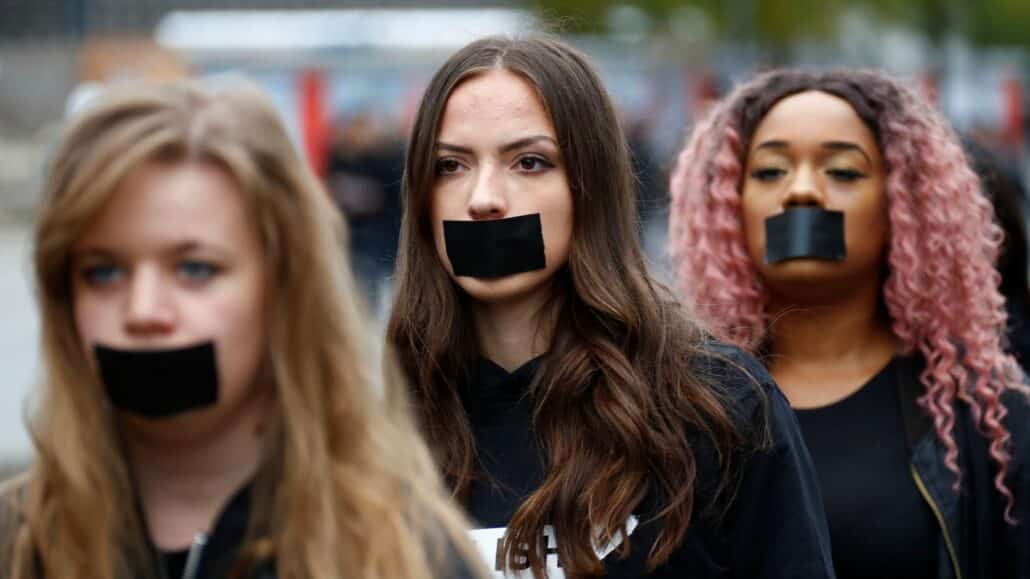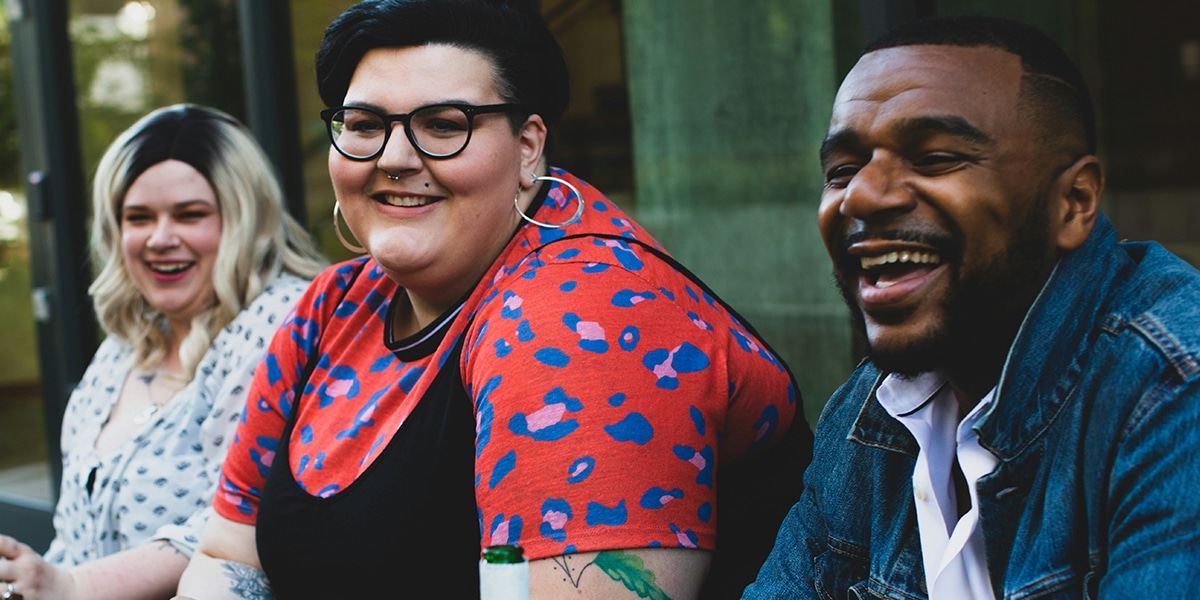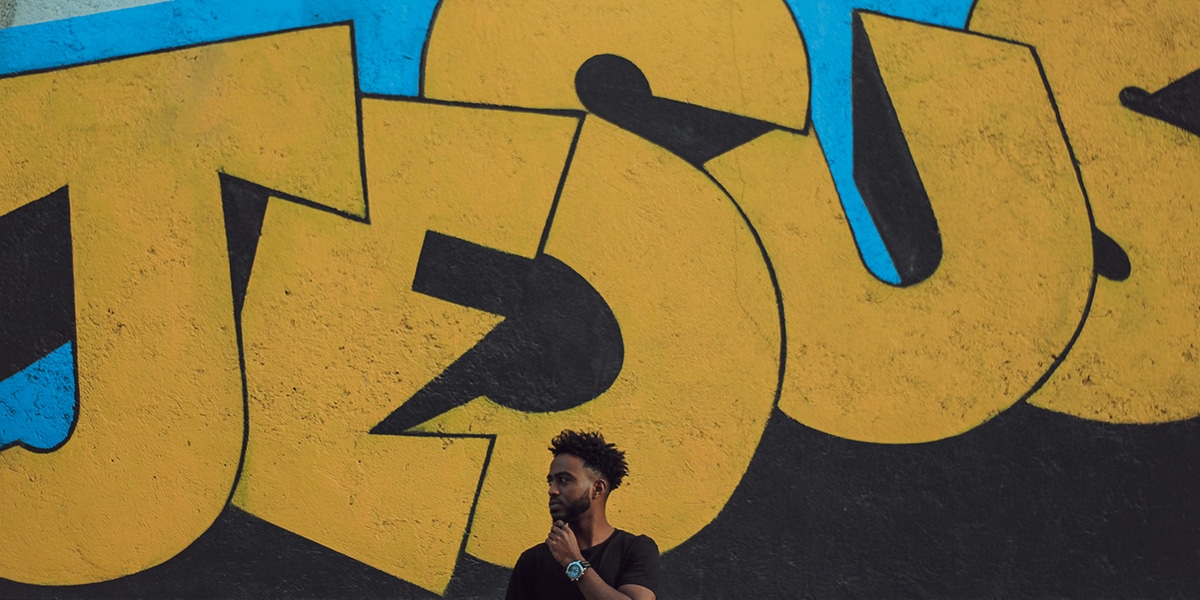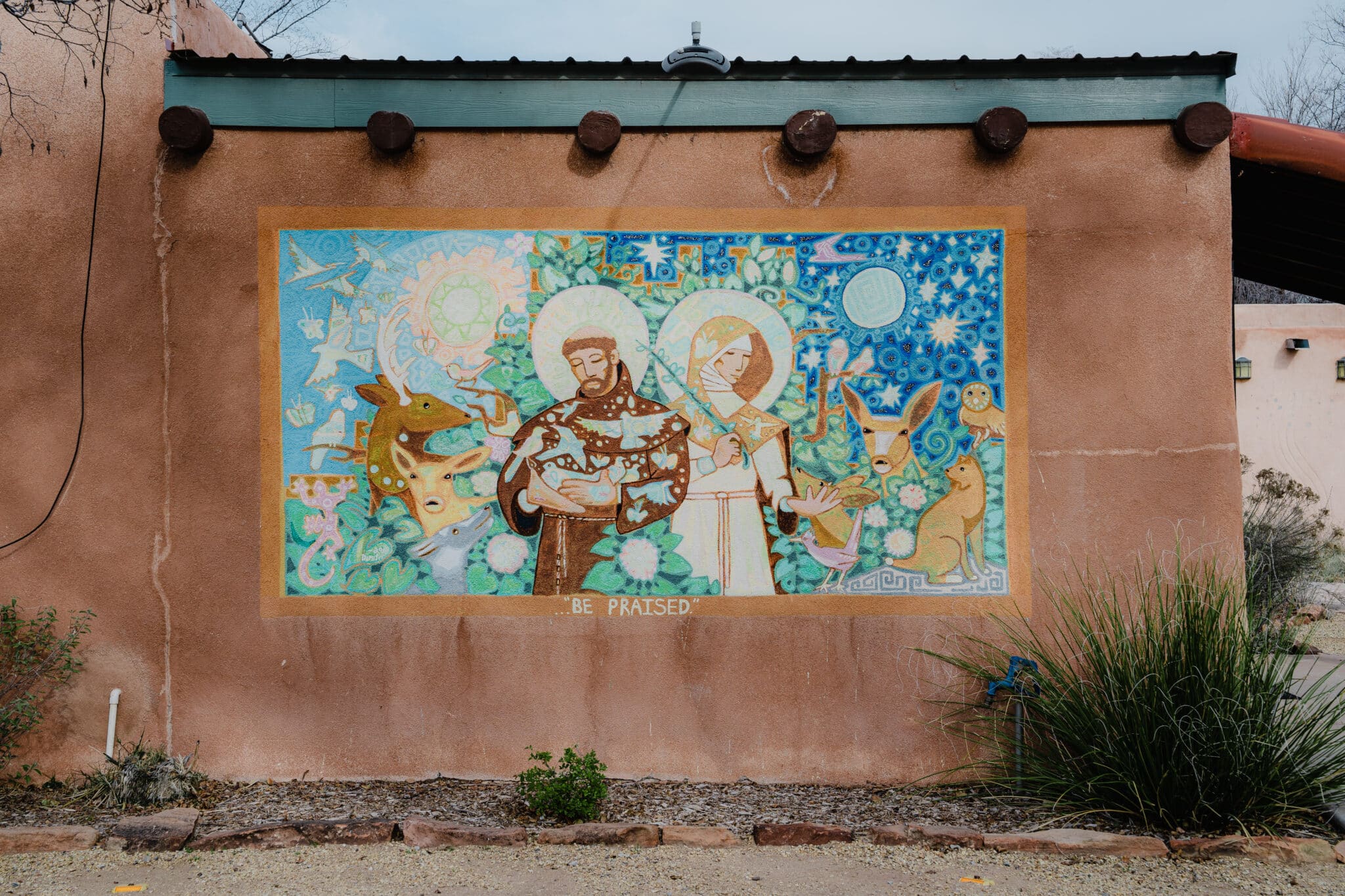Sharon was a 19-year-old runaway on a New York City subway when a man approached her, offering to buy her food and clean clothes. He lured the young woman into his apartment where he beat her, she reported to ACT (Abolish Child Trafficking). So began Sharon’s “career” as a sex worker. She and her trafficker would travel to various cities, work the streets for a few weeks, and then move on. Other girls who escaped were recaptured and never seen again.
Sharon got out of the trade, incredibly, but others aren’t as lucky. According to Polaris Project, a global leader in the fight to eradicate modern slavery, an estimated one in five endangered runaways reported to the National Center for Missing and Exploited Children was likely the victim of sex trafficking. And those numbers are climbing.
Sad Statistics
Some 100 million Americans will tune in to this weekend’s Super Bowl, but few will consider the crimes lurking on its periphery. Sex workers within the city will be present to meet the influx of tourists. The same could be said for last summer’s Olympic Games in Tokyo. Trafficking numbers always spike around big sporting events. In fact, researchers found that online sex ads in Tampa Bay, host of the 2021 Super Bowl, intensified leading up to the game and dissipated after it was over.
Second only to drugs in terms of gross revenue, sex and labor trafficking—a 150-billion-dollar industry according to the International Labour Office—is the fastest-growing organized crime enterprise worldwide.
Specifically, since 2007, Polaris reported that the National Human Trafficking Hotline received 14,588 cases in the United States. Globally, it’s far worse. The International Labor Organization estimates that there are 4.5 million people worldwide who are exploited for sex or labor.
According to the International Labour Organization, 81% of trafficked individuals are trapped in forced labor; 25% of them are children; 75% are women and girls. Pope Francis spoke on the issue on the International Day for the Abolition of Slavery in 2014: “We declare on each and every one of our creeds that modern slavery, in terms of human trafficking, forced labor and prostitution, and organ trafficking, is a crime against humanity.”
One Body
Shamere was a college student looking to earn tuition money when she was coerced into the sex trade in Manhattan. Her trafficker threatened to kill her family if she resisted or escaped. “There was no hope,” Shamere shared with End Slavery Now, an advocacy group. “I was alive, but was not living. I was a slave.” But she did escape. Now she uses her story as a cautionary tale.
Hundreds of stories like Sharon’s and Shamere’s are findable online—but these souls aren’t always findable on the streets, as many trafficked young people are held against their will in makeshift brothels. But federal laws are in place, and organizations such as Polaris Project, The Exodus Road, UNICEF, and the United States Conference of Catholic Bishops have devoted resources to putting an end to trafficking and helping those who are trafficked. But awareness is our responsibility. Volunteer opportunities abound. We just have to look for them.
Pope Francis spoke of the dignity of every living person in his 2014 address. “Every human being, man, woman, boy and girl, is made in God’s image. God is the love and freedom that is given in interpersonal relationships, and every human being is a free person destined to live for the good of others in equality and fraternity.”
The millions of trafficked men and women, boys and girls in this country and beyond who are exploited in body are, after all, still the body of Christ.








